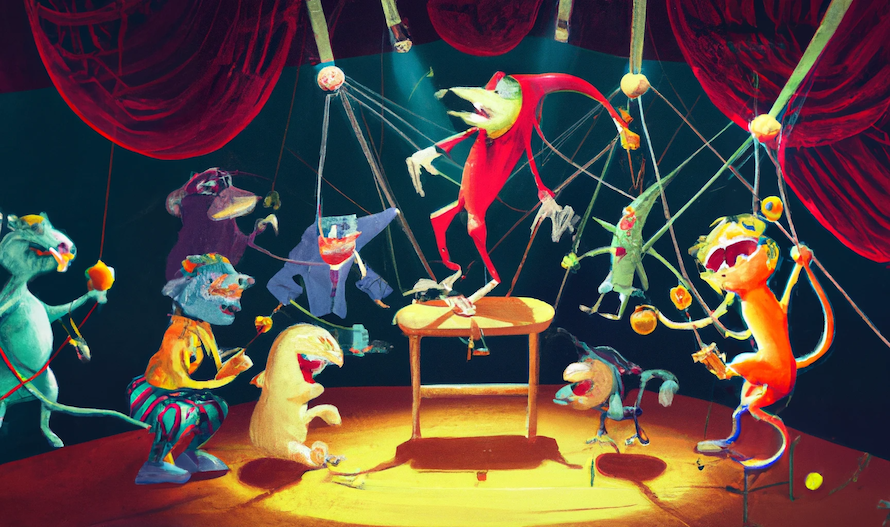Emergent Strategy
Q: In your view, what is a function of humans in the universe?
A: In my opinion, one unique thing about human is that human can discover different functions or values of all the things in the world. Before human, stones were just stones, fire was a natural disaster, minerals and fossil fuels buried under the ground. But human could make use of them, giving them values and different functions, in other words, making new connections. The neurons in our brain make connections, the more connections between neurons, the more powerful and complex our brain would be. I think the presence of human creates more connections in our world, activating more potentials.
Q: Do artists, designers, and technology have that same or similar responsibility? What are the nuances between those roles?
A: I think artists have that similar responsibility. Similar with authors, other than physical tools and materials, there is nothing that limits an artist from creating. You don’t need to obey the laws of physics, you can create any thing you imagine, that’s the privilege of an artist. So it is their responsibility to utilizing that privilege to spark the imagination of their audiences. Designers are a little different. They don’t have the total freedom of creating anything in their imagination. I think their responsibility is to connect the imaginary world with the real world. And technology is both the means and ends to that connection.
Q: Do you find any of these principles more difficult to achieve than others in your own creative practice? How?
A: There are several principles that I find a little more difficult to achieve. For the principle “trust the people”, we were often taught to be skeptical, to have our own thoughts, to think critically. So when coming across new ideas from others, it’s natural for me to doubt it in the first place. Is the information source reliable? Is this person qualified to make this statement? Are we communicating within the same context? Am I interpreting this idea correctly? So when talking about trust, it takes effort for me to achieve it, not only for trusting others, but also trusting my own judgment.
The principle “less prep, more presence” is also a bit counter-intuitive. When doing research or other projects, I often found myself doing a ton of preparation before actual getting my hands on. I tried to cover all the aspects I could think of, being afraid of missing anything important. So I guess this principle might be a good advice for me for my later works.








